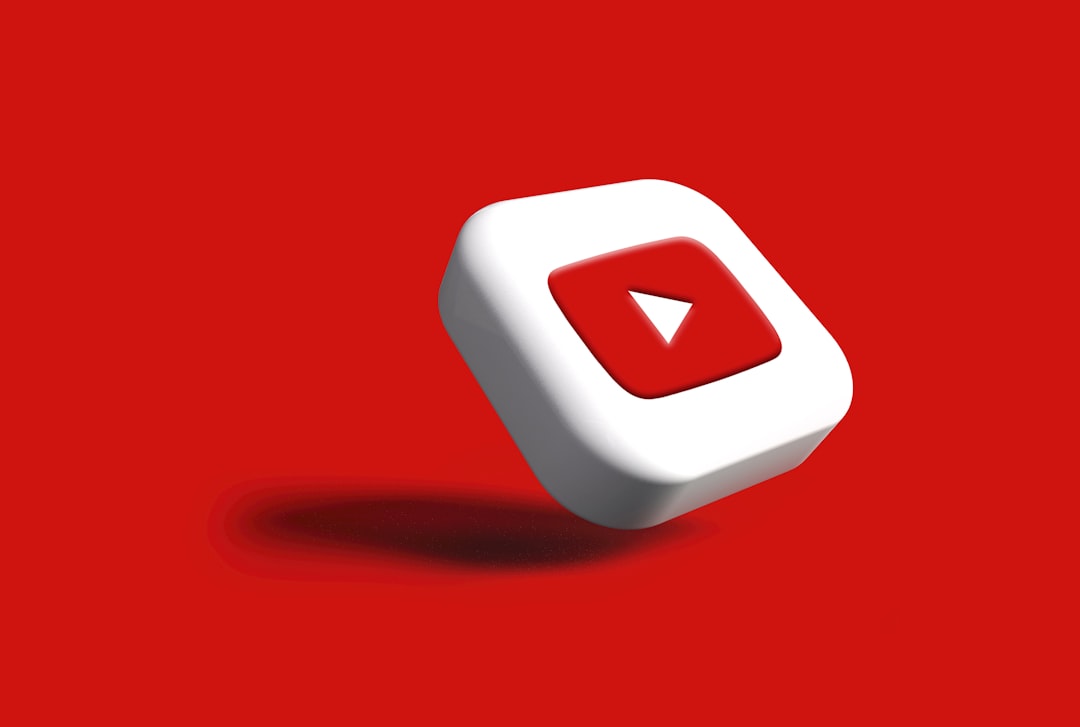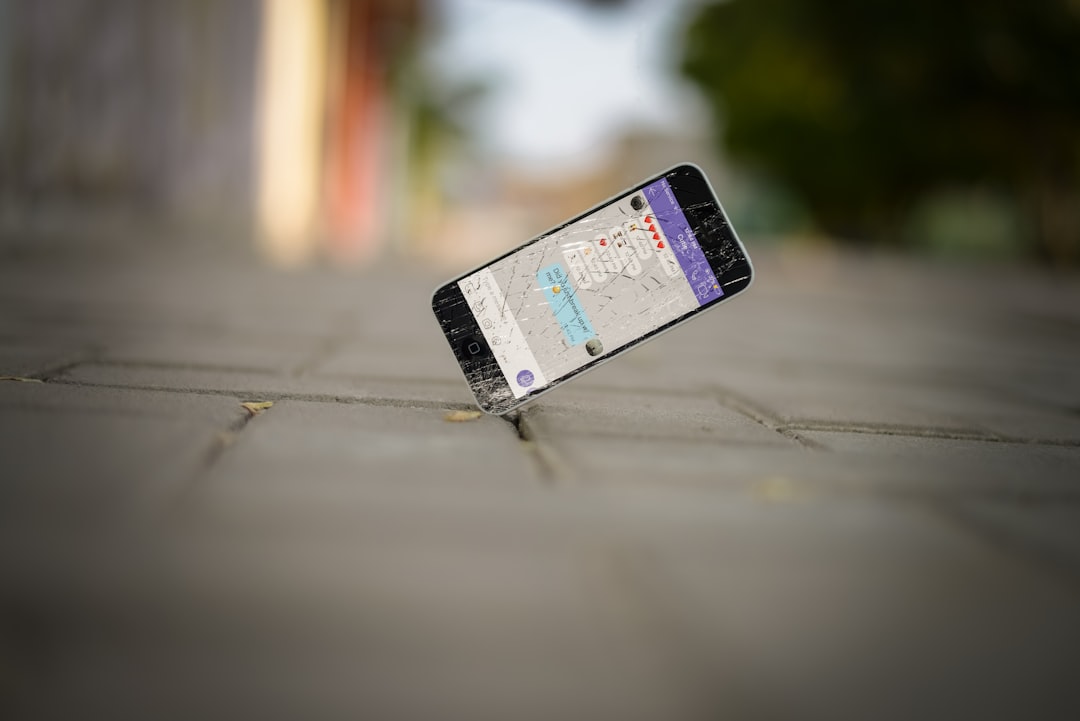Many users are surprised when they click on a video on YouTube and are confronted with a message that says the video requires payment to watch. While YouTube is primarily known as a platform for free video content, it also serves as a marketplace for premium offerings. Understanding why some videos are locked behind a paywall is essential to navigating the platform with realistic expectations.
There are several reasons why a YouTube video might require payment before it can be viewed. These include the nature of the content, the monetization strategies of creators and media companies, and YouTube’s policies. Below, we explore the main causes behind this paywall message.
1. Paid Movie Rentals and Purchases
Table of Contents
One of the most common reasons a video requires payment is because it’s a part of YouTube’s Movies & Shows section. Users can rent or purchase full-length films, documentaries, and television show episodes directly through the platform. This feature allows YouTube to compete with other streaming services while offering a large selection of high-quality content.
These paid videos are often professionally produced and licensed from major studios. When you see a rental or purchase option, it usually means the content is:
- Copyrighted and owned by a media company
- Not available for free due to licensing agreements
- Intended for digital purchase or rental only

2. YouTube Premium Content
YouTube Premium involves a subscription-based model that gives users access to exclusive videos, series, and ad-free content. Premium Originals, for example, are professionally produced series and films that are exclusively available to paying subscribers.
If a video falls under YouTube Premium, you’ll need an active subscription to watch it. This is similar to needing a Netflix or Hulu subscription to access their exclusive content. In some instances, certain videos may be temporarily available for free or for promotional viewing, but eventually revert to paid access.
3. Content Monetized by Creators
YouTube now offers content creators multiple ways to monetize their channels. Besides ad revenue and memberships, creators can choose to offer specific videos for individual sale or rent. This is common among specialists, educators, filmmakers, and event producers. For example:
- A filmmaker uploading their independent movie
- A professor offering a premium lecture series
- Musicians releasing a pay-per-view virtual concert
This type of monetization is often used to protect the creator’s time and investment in producing high-value content. In this case, the paywall enables the creator to earn more directly from their audience.
4. Regional Restrictions and Licensing
Sometimes a paywall can appear based on where you are viewing the content. Due to licensing agreements and regional restrictions, a video that is available for free in one country may require payment in another. This is common with sports broadcasts, films, or region-specific news content.

YouTube applies these restrictions automatically based on the viewer’s IP address, which determines their geographic location. Users trying to bypass these restrictions through VPNs may still encounter errors or payment requests if the content is not licensed in their selected region.
5. Technical Glitches or Account Issues
In rare cases, a video may incorrectly display a payment requirement due to a technical error on the platform or with your own account. This can happen if:
- You’re logged out of your account
- Your payment information is outdated or invalid
- There’s an ongoing update or issue on YouTube’s servers
If you suspect an issue like this, trying to refresh the page, clear your browser cache, or re-login to your account may resolve the problem. If not, contacting YouTube support could be your next best step.
Protecting Yourself from Scammers
Be cautious of unofficial links or third-party websites that claim to bypass YouTube’s paywalls. These can be scams designed to steal payment information or install malware. Always access paid content directly through YouTube’s own platform and verify the legitimacy of the transaction screen before proceeding with any payment.
Also, check whether the video belongs to a verified channel or has credible ownership. Misleading thumbnails or pirated content may be flagged and replaced with a payment notice as part of YouTube’s content moderation system.
Conclusion
Seeing a message that a video requires payment on YouTube can be surprising, but in most cases, it is legitimate. From paid movie rentals to regional laws and creator-based monetization, there are many valid reasons for this access restriction. By understanding these scenarios, viewers can make informed choices and avoid misunderstandings while supporting content they value.
